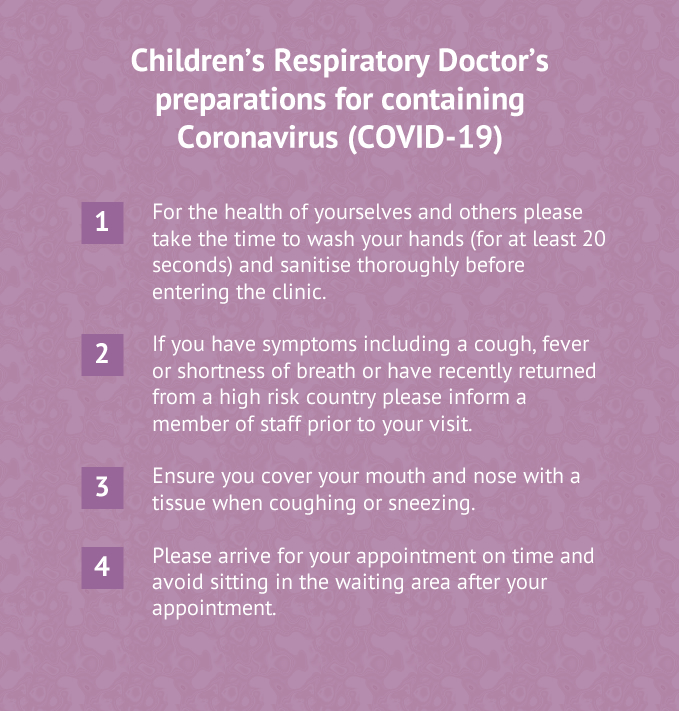Allergies in children are very common, but it can be difficult to identify exactly what is causing an allergic reaction as children are exposed to so many different foods and potential allergens every day. The best way to find out what your child is allergic to is to consult a doctor, but the current testing methods can be time-consuming and stressful.

New Blood Test for Peanut Allergies
Researchers are working on better ways to diagnose allergies in children. One recent innovation is a blood test that can detect peanut allergies by measuring the immune response. It has been able to correctly recognize the allergy in 98% of children during trials.
How We Test for Allergies
The new blood tests may soon help to improve the way that allergies in children are diagnosed, at least for this particular allergen. However, for now there are two main methods that your doctor can use to identify the cause of an allergy:
1. Elimination: as long as the symptoms are relatively mild, the best way to identify the cause is usually to eliminate allergens one at a time. When the correct allergen is eliminated, the symptoms should go away. You can then cut this food out of your child’s diet. It is best to use this method with the supervision of an experienced doctor rather than just to start cutting foods out by yourself. The doctor will ensure that the changes are made carefully enough to spot the correct allergen without cutting anything else out unnecessarily.
2. Skin Prick Test: if the symptoms of allergies in children are more severe then it is vital to identify the trigger as soon as possible. Your doctor might recommend a skin prick test, which involves placing drops of allergens onto marked areas of the skin and then pricking with a small needle to ensure the allergen comes into contact with your child’s immune cells. If the skin becomes red and swollen, it indicates that your child is affected by the allergen applied to that area.



